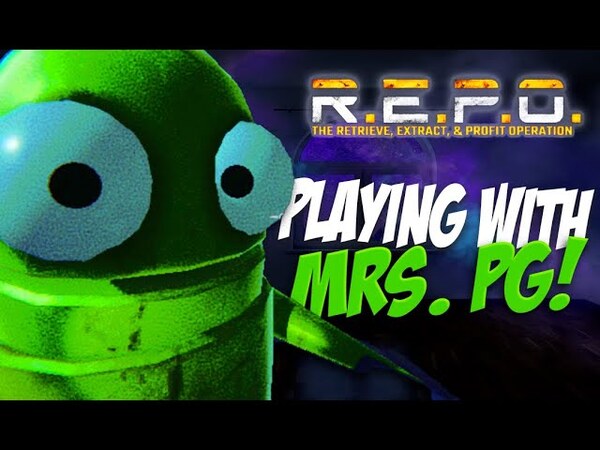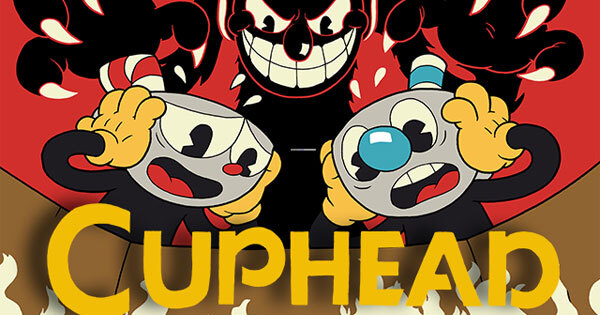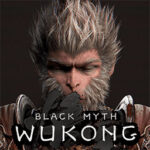Popular Now
Introduction
Cuphead is famous for its hand-drawn visuals and punishing boss battles. However, the game’s inconsistent difficulty curve turns challenge into frustration. Many players feel the boss fights spike in unpredictably harsh ways, disrupting the sense of fair progression and mastery.
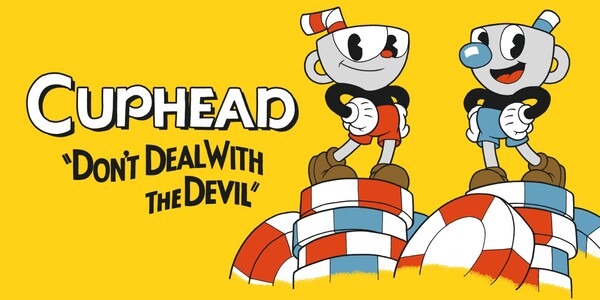
1. Design Intent vs. Reality
Cuphead’s bosses are designed as pattern-based challenges meant to be learned over time. While early fights feel balanced and rewarding, later battles introduce chaotic elements that can feel unfair.
2. Early Game Teaches You the Wrong Lessons
The first island’s bosses ease you in gently. They set up player expectations for a steady learning curve — but this doesn’t hold up past the first few stages.
3. Abrupt Difficulty Spikes
Bosses like Grim Matchstick or Rumor Honeybottoms abruptly increase complexity. These fights involve chaotic patterns, screen clutter, and random elements that make progress feel luck-based rather than skill-based.
4. RNG in Boss Fights
Some encounters include too much randomness. Dr. Kahl’s Robot and King Dice rely on unpredictable elements that undermine mastery and reward guessing more than learning.
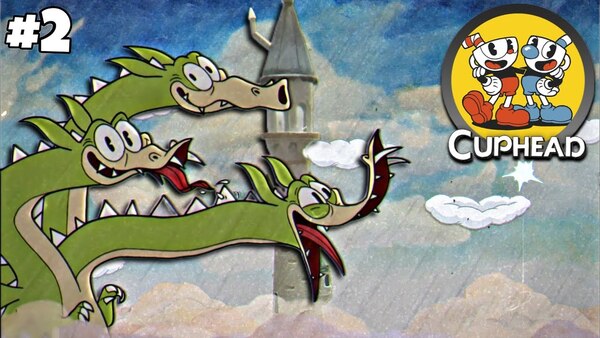
5. Trial-and-Error Fatigue
With no checkpoints and limited health, players must replay entire bosses after each failure. This repeated punishment can cause burnout rather than satisfaction.
6. Visual Overload
Cuphead’s gorgeous art sometimes gets in its own way. Overlapping effects, unclear parry cues, and heavy screen shake make it hard to read what’s happening in chaotic moments.
7. Nonlinear Boss Selection Can Backfire
While you can choose your boss order, there's no guidance on difficulty. This can lead to players attempting some of the hardest fights too early, causing unnecessary frustration.
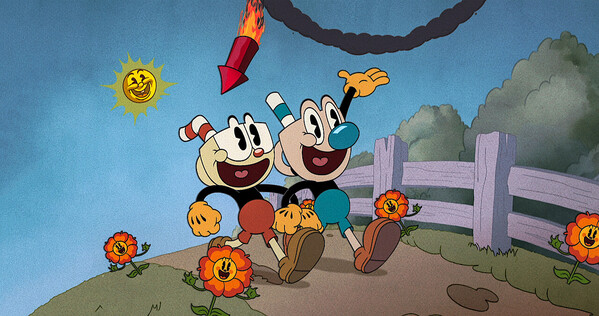
8. Co-op Mode Isn’t Easier
Two-player mode increases enemy health and adds confusion. Players interfere with each other’s space, and reviving mid-fight adds distractions instead of safety.
9. The Emotional Toll
Cuphead delivers emotional highs from small victories, but frequent late-phase failures without checkpoints push players toward stress, not enjoyment.
10. A Smarter Approach to Challenge
Cuphead doesn’t need to be easier, just more balanced. Suggestions include optional difficulty tuning, better visual clarity, and small hints after repeated failures. These changes can preserve the game’s charm while respecting the player’s effort.
Conclusion
Cuphead’s boss design is stunning but sometimes unfair. The game’s difficulty curve spikes unpredictably, creating more frustration than fun. With small improvements to visual clarity and pacing, Cuphead could become even more satisfying without losing its identity.












